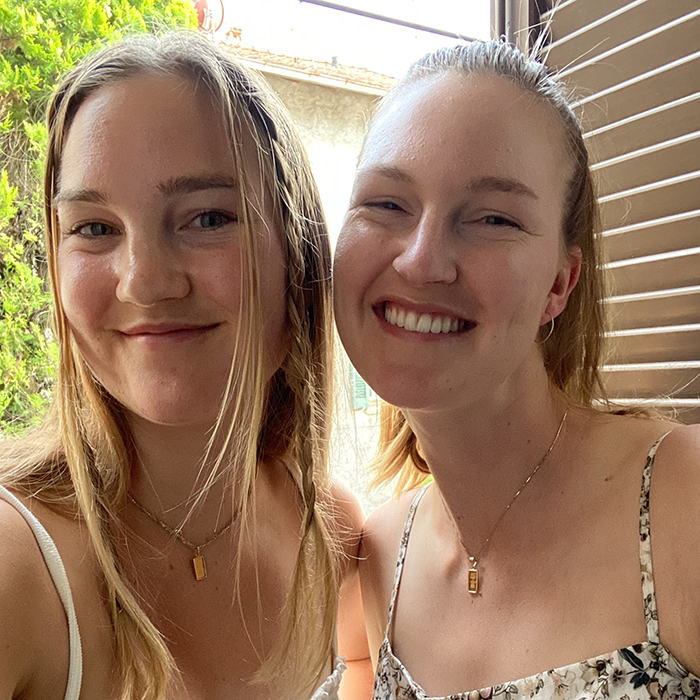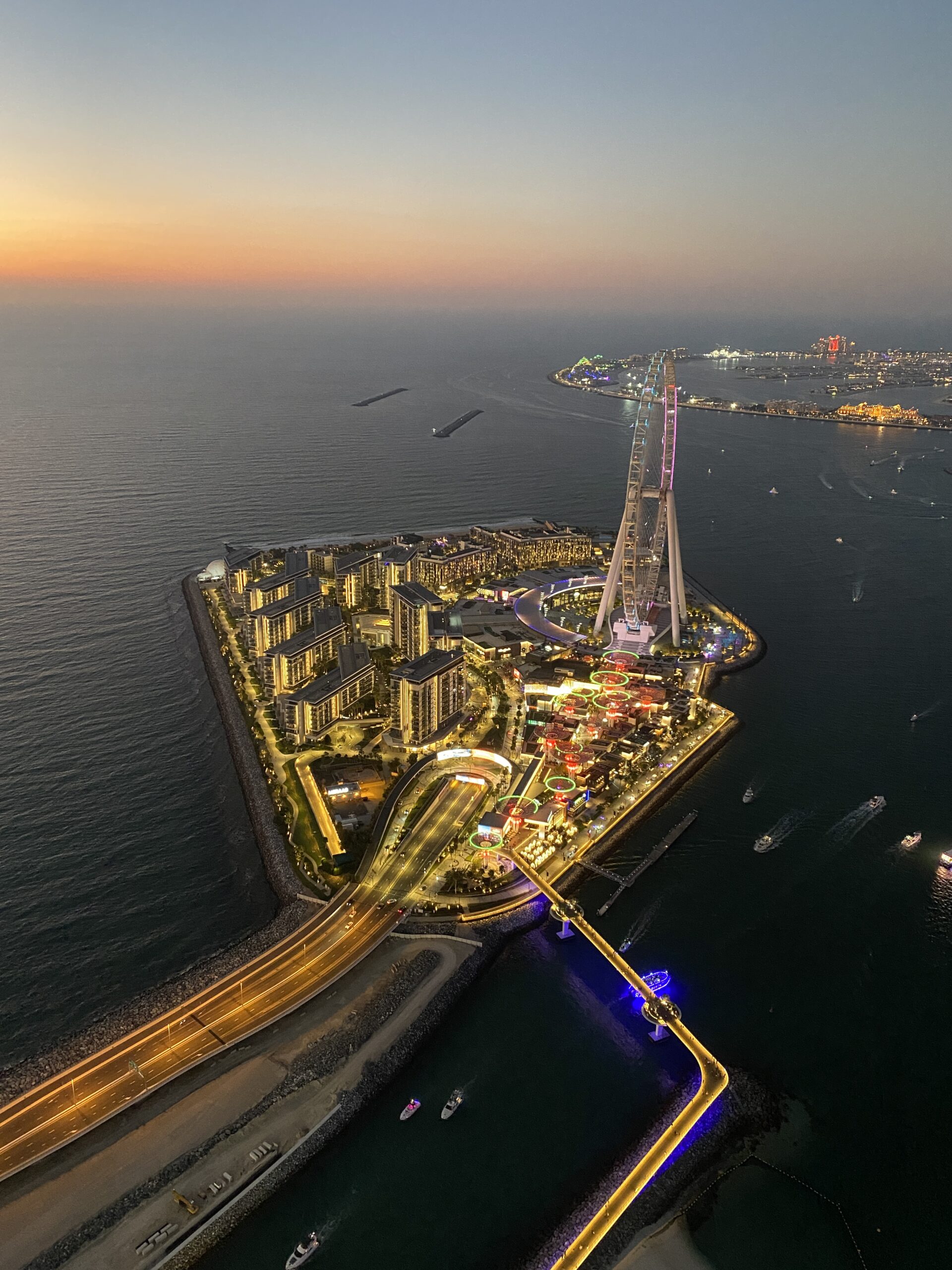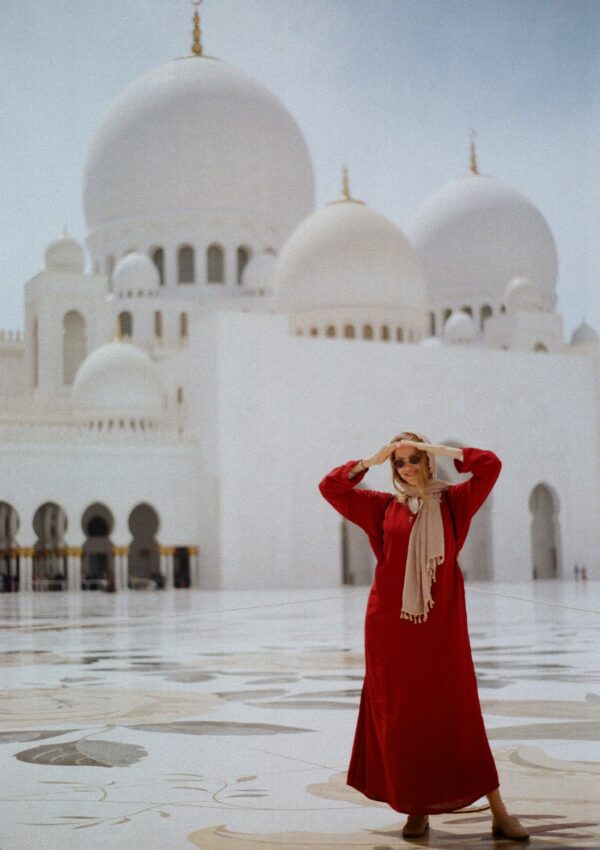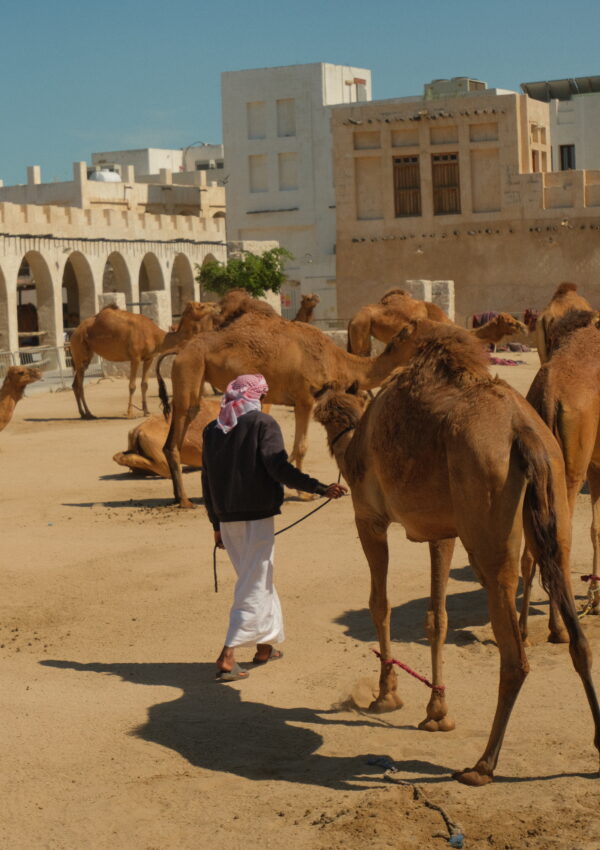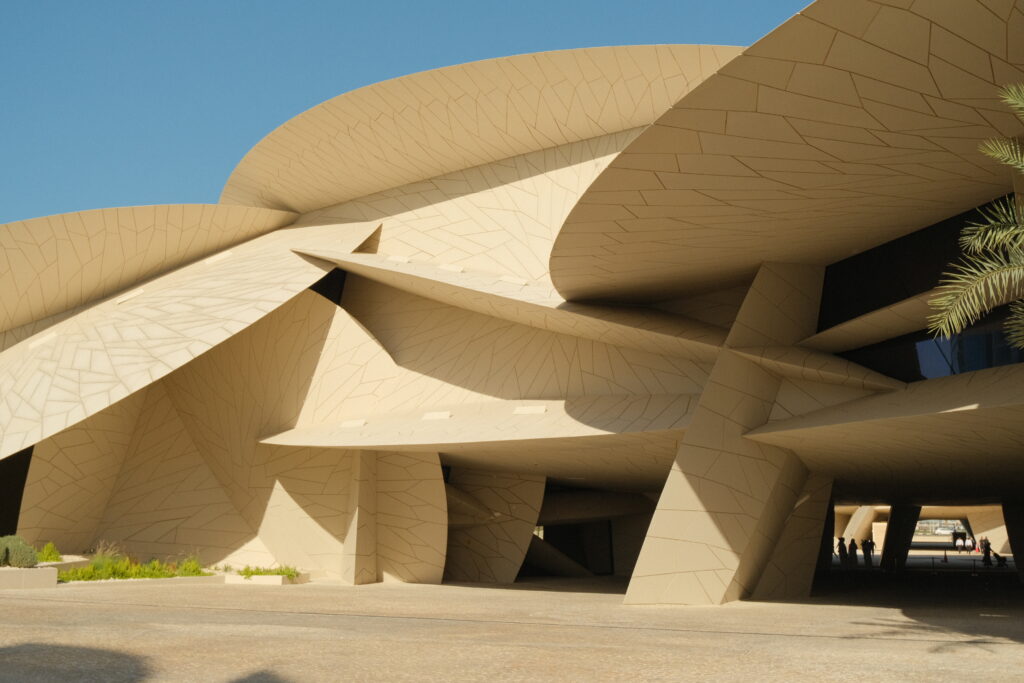
When Sabrina and I first landed in Qatar, we felt a lot of different emotions. Feelings of excitement, nervousness and the curiosity of the unknown. Needless to say, landing in the Middle East was not something our parents were too excited about when we first started to plan our 6 month trip.
Throughout our time in Qatar, we gathered a list of cultural differences we noticed and new facts we learned from visiting museums, observing our surroundings, and speaking with locals. We were sponges. Absorbing all the information we could get our hands on from Muslim culture, to different food, and way of life. We were surprised to learn so much in our short time here.
We want to share with you the knowledge that we gained from visiting Qatar. Every country has a story of past, present, and future goals. Knowledge is power, and the more you learn about different cultures, the more you can relate to people from around the world.
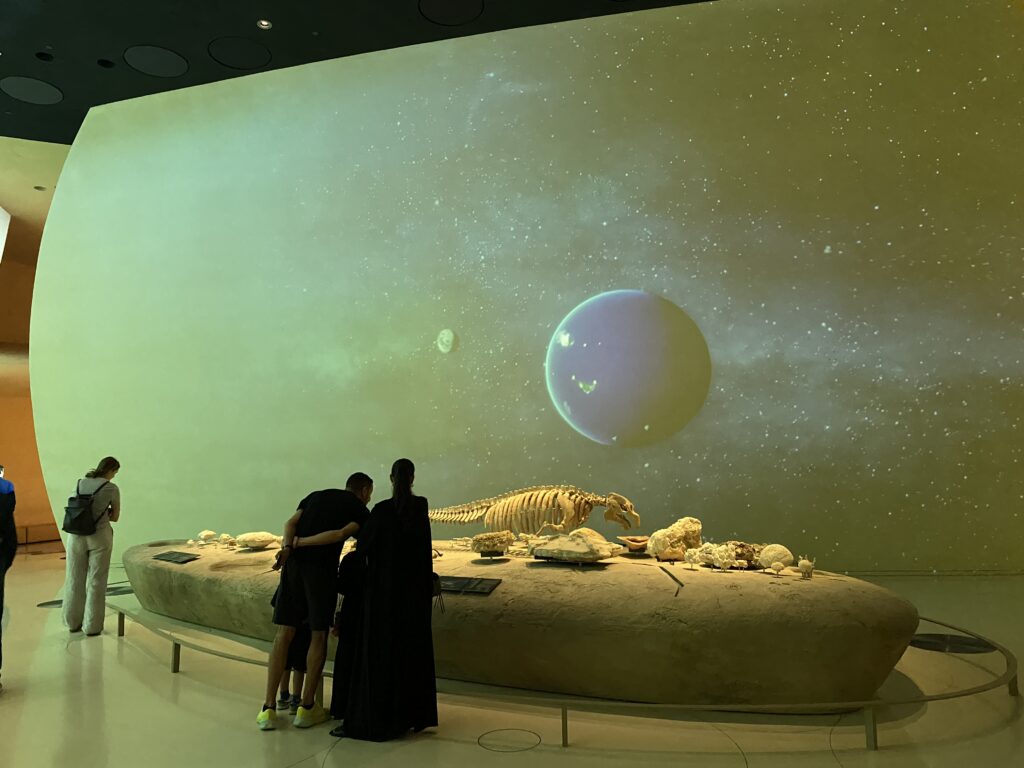
1. Qataris are a very close-knit community
Historically speaking, when Qatar was nothing but desert land, communities who settled close to one another would look after each other. Families would help one another to ensure the safety of children and livestock.
This is also present in Qatari culture today. Qatari tribes have remained very close to each other, and interbreeding is common. They like to marry within their immediate/ extended family to keep their generational wealth within the family.
As Sabrina and I were reading these stories in the Museum, we were fascinated by their way of life because it is so different than what we are used to seeing in the Western World.
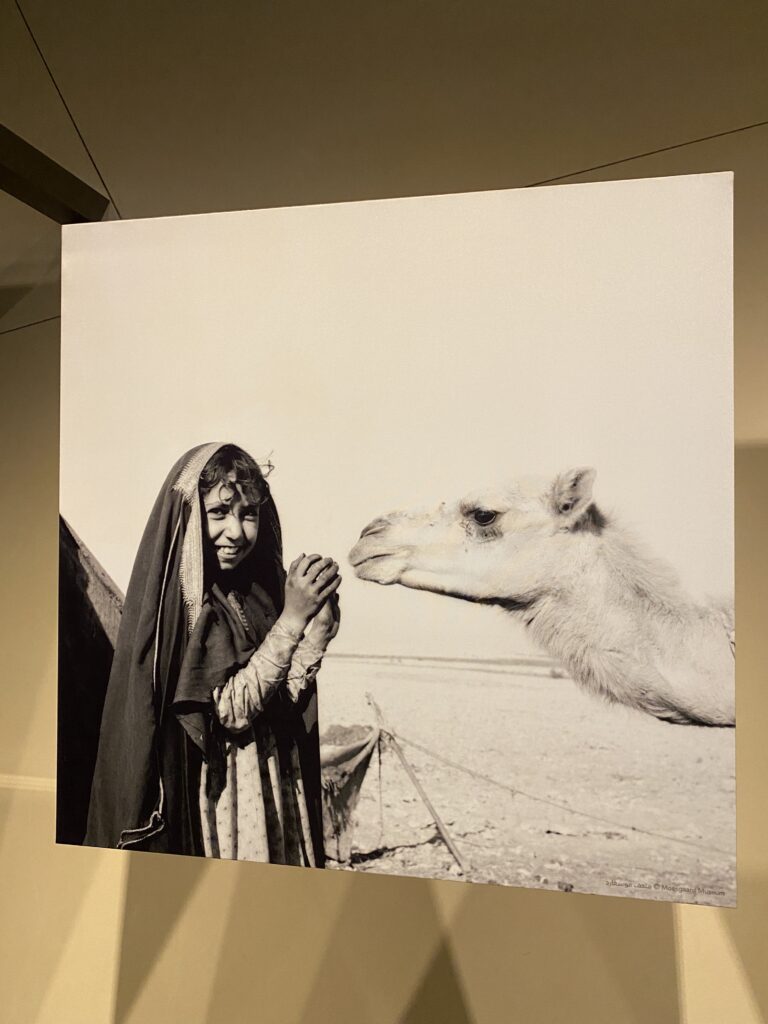
2. Before discovering oil, Qataris were great fishermen and pearlers
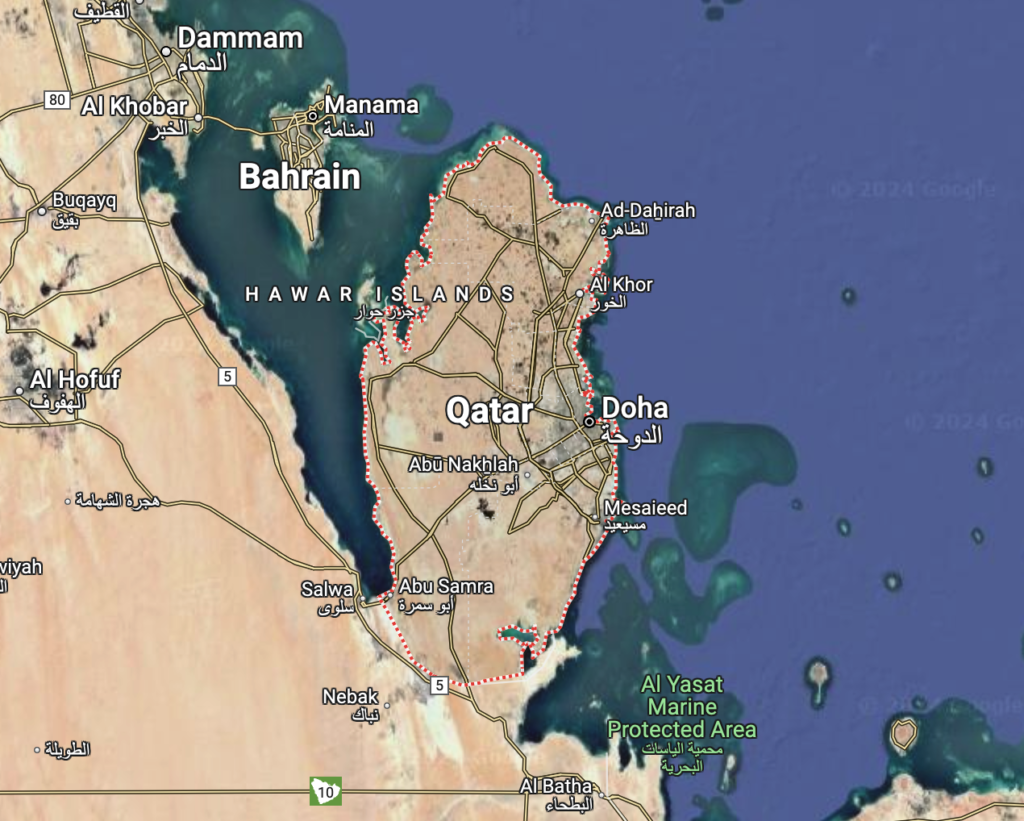
Since Qatar is mostly surrounded by water, Qataris made use of their natural resources. The pearlers would export their pearls, which could be seen and worn by kings and queens from around the world. In the early 1900’s, pearls became a wealth symbol and anyone being seen wearing them had status in their community.
Unfortunately, the pearl trade slowly came to an end around the Great Depression when people around the world could no longer afford to have expensive pearls. The innovation of man-made pearls put the Qataris at risk. People were now purchasing made-made pearls for cheap, leaving the Qatari’s pockets empty.
The invention of the man-made pearl destroyed a trade that had survived for centuries, and the Qataris were forced to find new ways to make a living.
3. The discovery of oil changed everything for the Qatari people
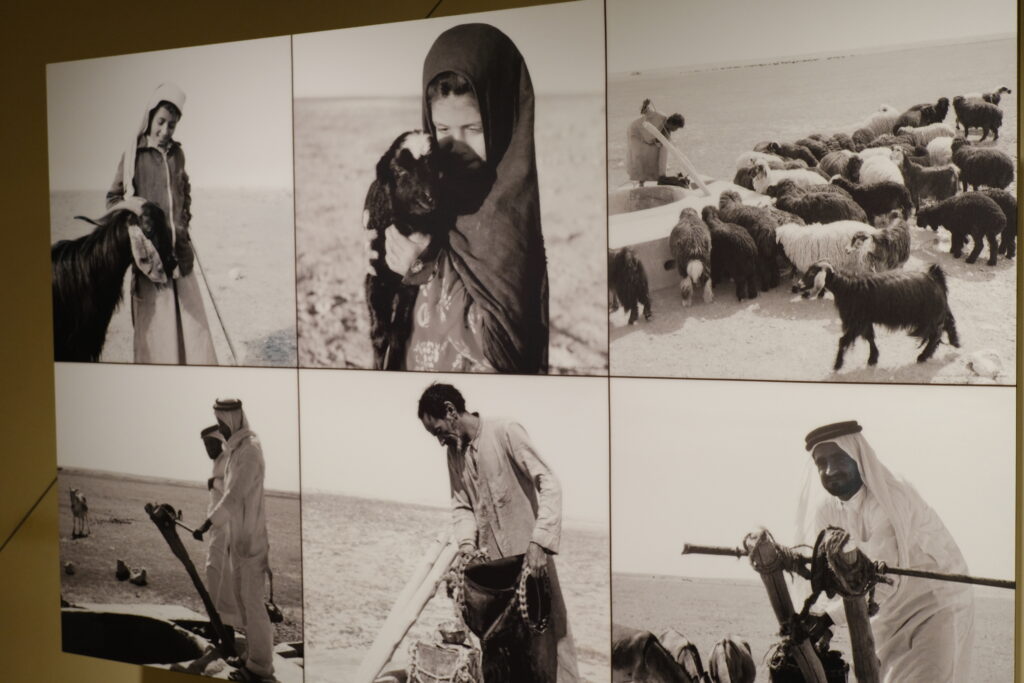
The Qatari’s first discovered oil in 1940 at Dukhan, a town on the western side of Qatar. Unfortunately, due to the timing of World War 2, the production of oil came to a halt. After the war was over, the Qatari’s resumed oil production, and the first shipment left for Europe in 1949.
Qatar is still one of the top oil-producing countries and exporters of today.
4. In the 1950’s, Qatar began to build its modern history
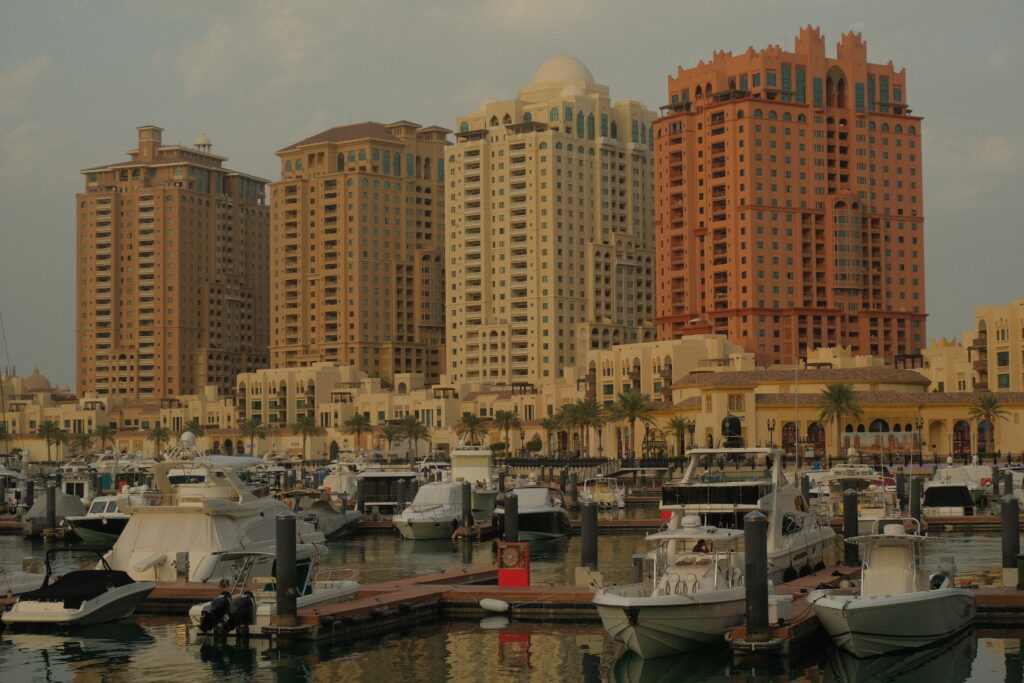
During the 1950s-60s, Qatar capitalized on its oil trade, which provided money to start rebuilding its infrastructure. And in 1971, Qatar gained its independence and created a treaty of friendship with Britain.
But it was not until the 1980s that we began to see a face-lift of Qatar. Skyscrapers were being built, giving Doha a total makeover from its previous clay and mud buildings.
Sheikh Hamad ibn Khalifa Al Thani was the Emir (president) of Qatar in the early 1990’s who was very forward thinking and created a better government system that greatly benefitted the Qataris. His wife Sheikha Moza bint Nasser also helped to create a school system. During this time, state institutions, universities, hospitals, and post offices were also established.
Sheikh Hamad ibn Khalifa Al Thani always believed in investing in education to create a modern country. He always had a vision for the future and to leave Qatar a better place for future generations.
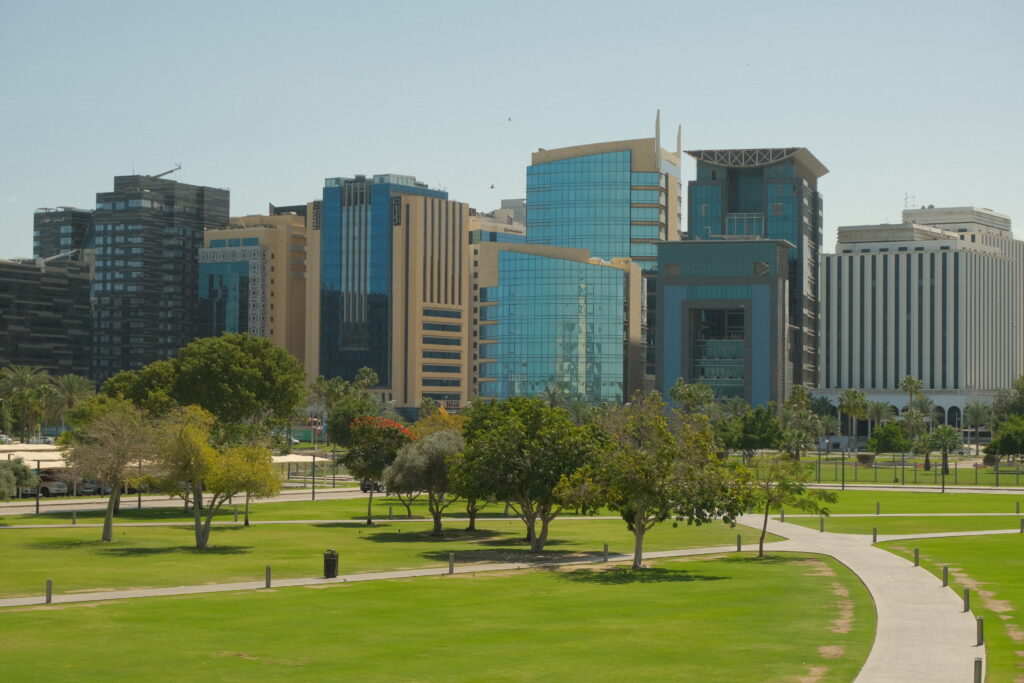
5. How Qatar gets its fresh water
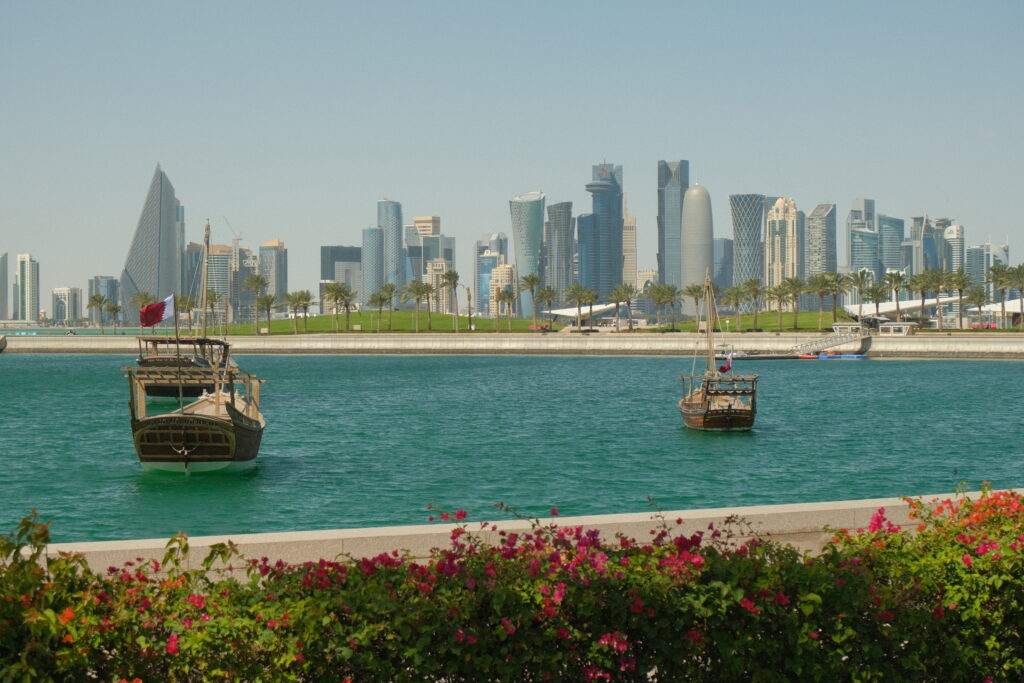
Qatar’s dry climate, along with its location (surrounded by saltwater and barren land), make it difficult for people and livestock to survive. As a result, the government had to develop a solution to supply fresh water to its citizens.
Desalinization is the main source of domestic water supply in the country. The country operates several desalination plants to distribute clean water.
Because desalinization is an expensive process, the Qataris have different types of water for different daily needs. Brackish water (half fresh and half saltwater) is used for washing clothes and dishes. Better quality filtered water for cooking and livestock, and the purist water for drinking.
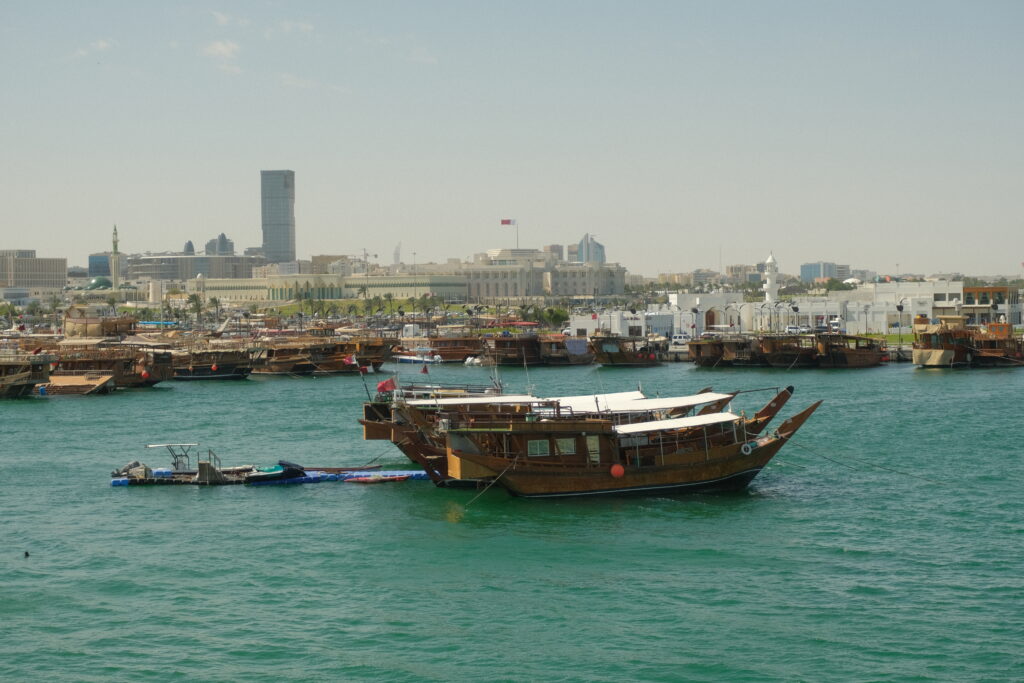
I hope you guys enjoyed learning a little history/ new facts about Qatar! Let me know in the comments if I forgot anything or if you have any suggestions as to what I can add.
Kristy
